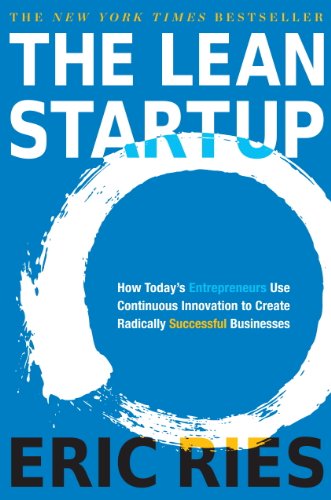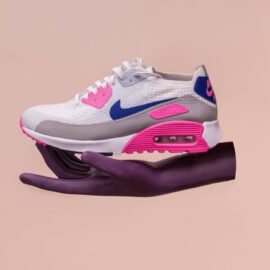

This article is an excerpt from the Shortform summary of "The Lean Startup" by Eric Ries. Shortform has the world's best summaries of books you should be reading.
Like this article? Sign up for a free trial here .
In lean management, what does Genchi Genbutsu mean? Why is it so important for your business? Learn the principles of “go and see” to better meet your customers’ needs and build a winning product.
Literally, Genchi Genbutsu means “go and see” in Japanese. It came from the famous Toyota Production System to figure out the reality of what’s happening. But how does it work in general, outside of manufacturing, and what does it mean for Lean Startup?
Why Genchi Genbutsu?
Once again, here are key questions to answer through Genchi Genbutsu:
- Do people actually have the problem you believe they have?
- Do they actually want what you’re offering?
- Are they willing to pay for it?
In the last chapter, we discussed how to robustly answer these questions – build a minimal prototype and study real customer behavior using the Build-Measure-Learn loop. We know that real customer actions are the best form of data.
But when you’re starting out, it’s often worthwhile to do a sanity check by spending time with potential customers. In Japanese manufacturing, they call this “genchi gembutsu” – “go and see for yourself.”
It’s really easy to see yourself as the next Steve Jobs and assume everyone’s going to love what you’re building. This is wishful thinking. You need to do a reality check. Go out of the building and talk to real people. This is Genchi Genbutsu.
In the worst case, you find out you were exactly on the right track, and you can build with renewed confidence. In the best case, you discover you were totally wrong about what your target customer wanted and switch to a new product strategy.
Genchi Genbutsu Anecdote: Toyota Sienna
The Toyota Sienna minivan’s biggest market is North America. The chief engineer in charge of the 2004 Sienna, Yuji Yokoya, knew woefully little about American habits and problems.
In response, he proposed a national road trip spanning 53,000 miles, covering all fifty US states, all thirteen provinces of Canada, and all states of Mexico. He drove a Sienna and talked to real Toyota customers.
Through this Genchi Genbutsu trip, Yokoya found that making kids happy was vital. Even though parents pay for the car, the kids are the most critical customers, particularly on long road trips. As a result, Yokoya revamped the car interior, raising its comfort and convenience levels.
If Yokoya can make a trans-Atlantic, 53,000 mile trip to learn more about his customers, you can pick up the phone and set up coffee meetings for Genchi Genbutsu. What’s the worst that can happen? In the worst case, your hypotheses turn out to be spot on, and you can march forward confidently. In the best case, you find customers actually don’t have the problem you thought they did.
Here’s my personal advice on how to get the most out of these interviews:
- Focus on finding early adopters for your first phase of Genchi Genbutsu. These are the people who face the biggest pain, who are most likely to use your product first, and who will love you most when you solve their problems. If you interview a later adopter who just doesn’t have the burning problem, you may receive too much discouraging negative feedback.
- Focus on clarifying their problem, not testing your solution. There are two reasons. 1) People often articulate their problems better than they can envision the solutions. They know what’s painful, but they aren’t sure exactly how to fix it. 2) You need to be open to the possibility that you misunderstand the customer problem. Almost certainly there will be nuances to the problem you hadn’t previously appreciated. If you focus on gauging whether your solution is acceptable, you’ll be too tempted to fit a square peg in a round hole and ignore the underlying lack of fit.
- Don’t adjust your procedure after every interview. The key to statistics is collecting enough data points to make good inferences. If one person says your idea is terrible, treat that as just one person and collect more data points. (Now if ten out of ten early adopters say your idea is terrible, you may have to change your idea).
If you collect sufficient data to feel like you need to change your idea, it’s worth iterating through Build-Measure-Learn a few times at this stage, even without a product. Treat your interview as what you’re building, and modify your interview procedure based on how the feedback is pointing you.
After you’ve talked to potential customers through Genchi Genbutsu and feel just somewhat convinced that the problem you want to solve exists, it’s time to build and test. You will never have enough data to know for sure, but you should have some real data to give you confidence that people really want what you need.
———End of Preview———

Like what you just read? Read the rest of the world's best summary of "The Lean Startup" at Shortform . Learn the book's critical concepts in 20 minutes or less .
Here's what you'll find in our full The Lean Startup summary :
- How to create a winning Minimum Viable Product
- How to understand how your startup will grow
- The critical metrics you need to track to make sure your startup is thriving






